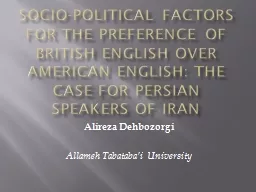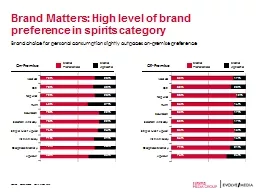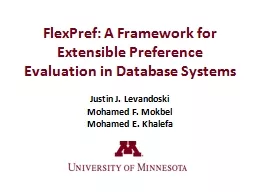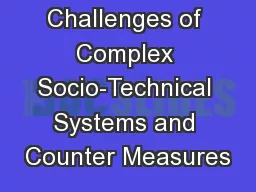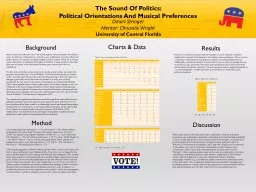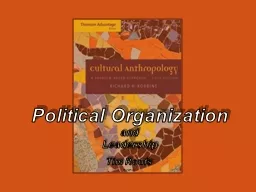PPT-Socio-political factors for the preference of British Engli
Author : phoebe-click | Published Date : 2016-03-11
english The case for persian speakers of iran Alireza Dehbozorgi Allameh Tabatabai University Introduction It is well known that individuals perceive the languages
Presentation Embed Code
Download Presentation
Download Presentation The PPT/PDF document "Socio-political factors for the preferen..." is the property of its rightful owner. Permission is granted to download and print the materials on this website for personal, non-commercial use only, and to display it on your personal computer provided you do not modify the materials and that you retain all copyright notices contained in the materials. By downloading content from our website, you accept the terms of this agreement.
Socio-political factors for the preference of British Engli: Transcript
Download Rules Of Document
"Socio-political factors for the preference of British Engli"The content belongs to its owner. You may download and print it for personal use, without modification, and keep all copyright notices. By downloading, you agree to these terms.
Related Documents

